Passion fruit, with its exotic flavor and tropical aroma, is one of the most delightful fruits you can grow at home. Among its many varieties, the Purple Possum Passion Fruit (Passiflora edulis) stands out for its striking purple skin, intense sweetness, and high yield potential. While it thrives naturally in warm climates, many gardeners are now discovering the benefits of growing it in greenhouses—where the environment can be perfectly controlled to ensure year-round growth and fruiting.
In this blog post, we’ll explore everything you need to know about planting and caring for Purple Possum Passion Fruit in a greenhouse — from selecting the right soil mix and trellis support to maintaining ideal temperatures and ensuring a bountiful harvest.
What Makes Purple Possum Passion Fruit Special?
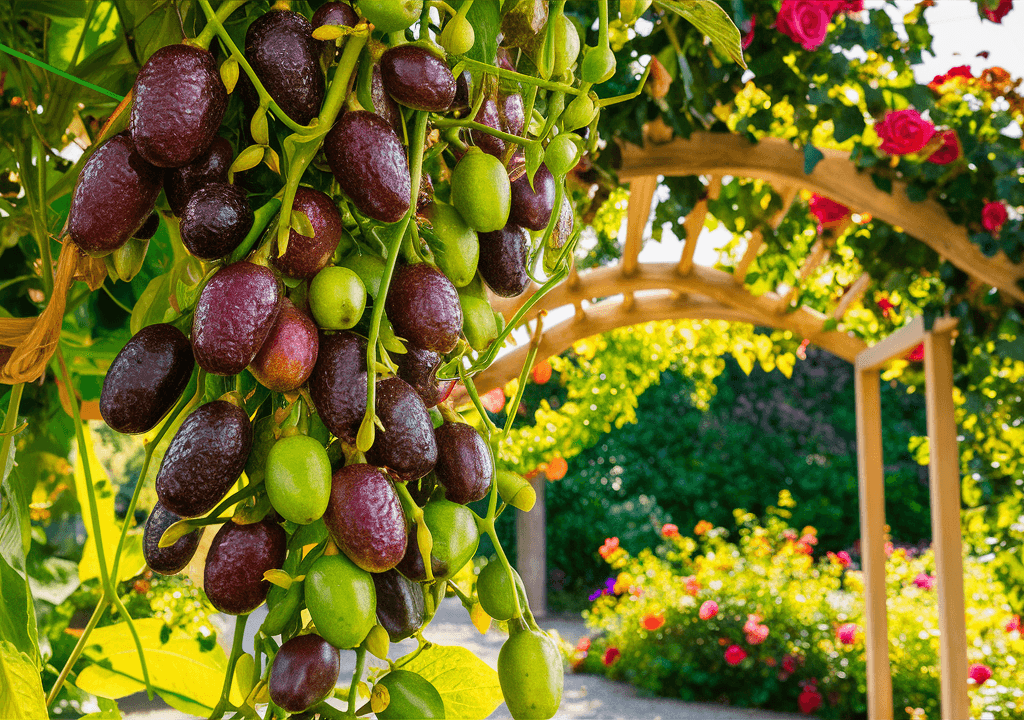
The Purple Possum Passion Fruit is a vigorous climbing vine that produces stunning purple fruits filled with fragrant, tangy-sweet pulp. Unlike some passion fruit varieties that can be slightly tart, Purple Possum offers a perfect balance of sweetness and acidity, making it ideal for eating fresh, blending into juices, or adding to desserts.
This tropical beauty is native to South America but has adapted well to warm regions across the world. When grown in a greenhouse, it benefits from consistent warmth, protection from frost, and controlled humidity—all crucial factors for success in non-tropical climates.
Step 1: Why Choose a Greenhouse for Passion Fruit?
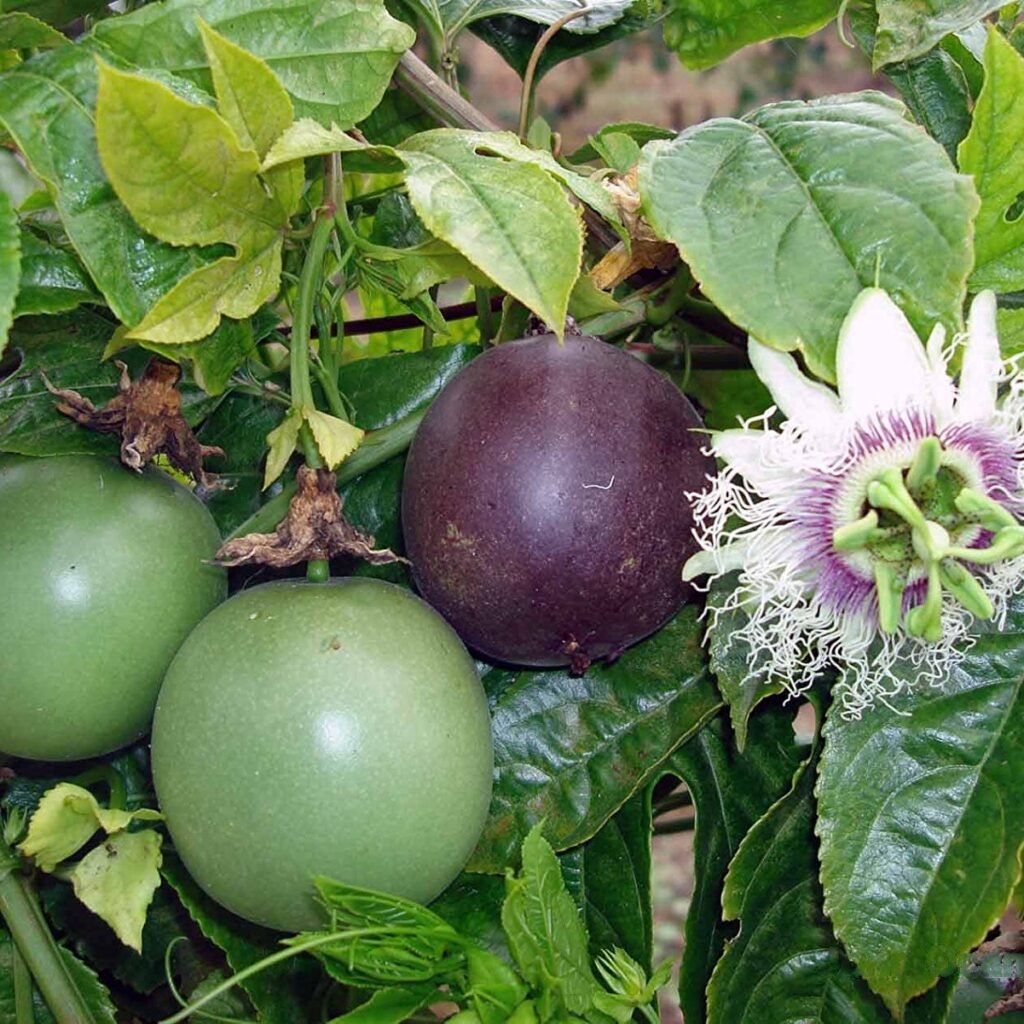
Passion fruit loves warmth, sunlight, and moderate humidity. However, in cooler regions or areas with unpredictable weather, outdoor conditions can stress the plant or prevent it from fruiting.
By planting in a greenhouse, you can:
- Maintain optimal temperature (20–30°C / 68–86°F) year-round.
- Protect from strong winds, heavy rain, and frost.
- Control humidity and watering levels for steady growth.
- Extend the growing season, allowing earlier flowering and fruiting.
Essentially, a greenhouse creates the tropical paradise that passion fruit vines crave.
Step 2: Choosing and Preparing the Planting Area
The Purple Possum Passion Fruit is a climbing vine that needs space and support. When planning your greenhouse layout, dedicate a sunny section near a wall, trellis, or vertical frame where the vine can spread and climb freely.
Ideal setup tips:
- Choose an area that receives at least 6 hours of sunlight daily.
- Ensure good air circulation to prevent fungal diseases.
- Prepare a large container or raised bed with excellent drainage.
If you’re growing directly in the ground inside your greenhouse, mix in organic compost and sand to improve soil aeration and fertility.
Step 3: Selecting and Planting Purple Possum Passion Fruit
You can start with either young nursery plants or home-grown seedlings from seed. For beginners, nursery plants are recommended since they establish faster and start fruiting sooner.
Planting process:
- Dig a hole about 12–15 inches deep and wide enough to fit the root ball.
- Mix organic compost, perlite, and a bit of slow-release fertilizer into the soil.
- Place the plant in the hole and backfill gently, pressing the soil around the base.
- Water thoroughly after planting to help roots settle in.
If you’re planting multiple vines, keep them at least 5 feet apart to give each one enough room to grow.
Step 4: Creating the Right Greenhouse Environment
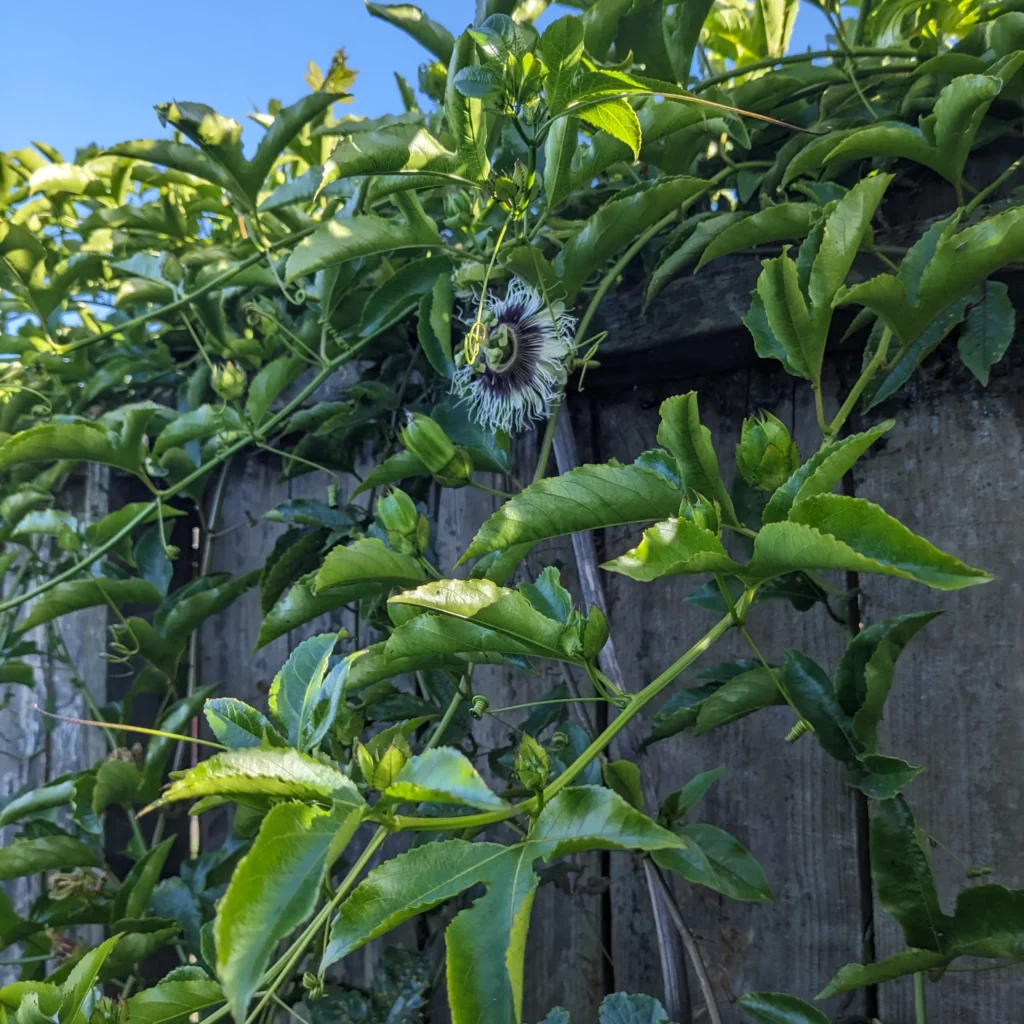
For your Purple Possum Passion Fruit to thrive, maintaining the correct conditions is key.
Temperature: Keep the greenhouse warm — between 20–30°C (68–86°F) during the day and not below 12°C (54°F) at night. In winter, use heaters or insulation to maintain warmth.
Light: These plants love bright, direct light. If natural light is limited, supplement with grow lights for 12–14 hours a day.
Humidity: Maintain a moderate humidity level around 50–70%. Too much humidity can lead to fungal problems, while too little can stress the plant.
Watering: Water regularly but avoid waterlogging. Passion fruit prefers moist but well-drained soil. Check the top inch of soil—if it feels dry, it’s time to water.
Ventilation: Open vents or fans regularly to ensure airflow and prevent mildew buildup.
Step 5: Building a Strong Support System
The Purple Possum Passion Fruit vine can grow several meters long, so sturdy support is crucial. In a greenhouse, a trellis or wire system works perfectly.
Trellis setup tips:
- Run horizontal wires along the greenhouse frame, starting about 2–3 feet above the ground.
- As the vine grows, gently tie new shoots to the wires using soft ties or garden clips.
- Regularly prune lower leaves and excess side shoots to direct energy into fruiting.
The vine will produce beautiful tendrils that latch onto supports naturally, helping it climb gracefully toward the light.
Step 6: Fertilizing for Vigorous Growth
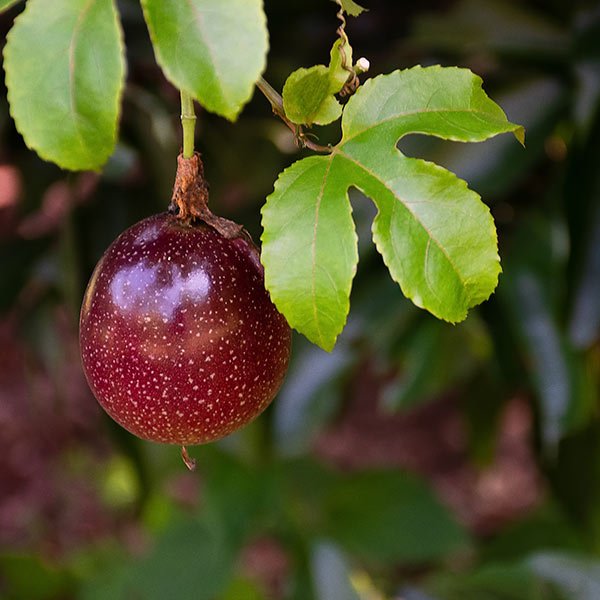
Passion fruit vines are heavy feeders. For steady growth and flowering, feed them regularly throughout the growing season.
Fertilizer schedule:
- During the early growth stage, use a balanced fertilizer (10-10-10) every 4–6 weeks.
- Once flowering begins, switch to a phosphorus-rich fertilizer (e.g., 5-10-10) to encourage blooming and fruiting.
- Supplement with organic compost or worm castings to improve soil structure.
Avoid over-fertilizing, as too much nitrogen can cause lush leaf growth but reduce flower production.
Step 7: Pollination in the Greenhouse
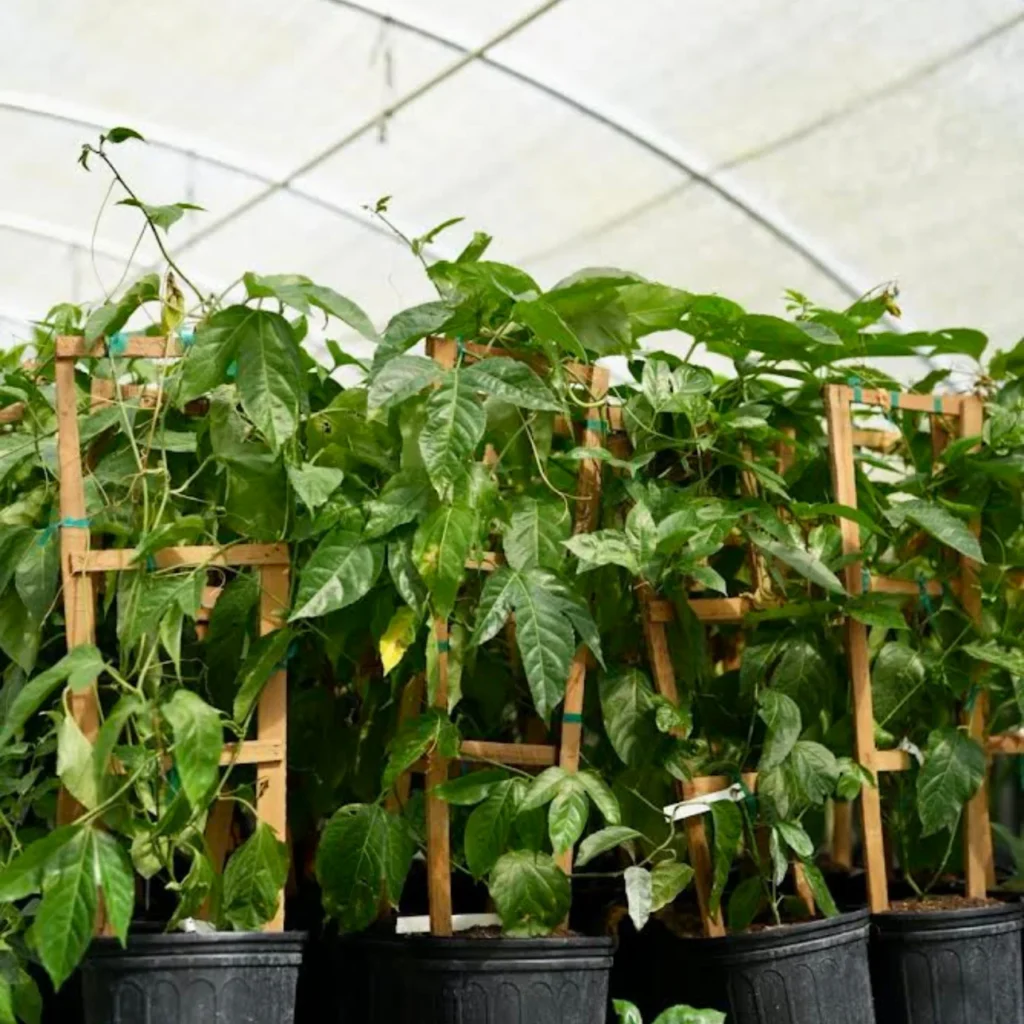
One of the most fascinating aspects of passion fruit is its unique flower structure. Purple Possum Passion Fruit produces stunning white and purple flowers that open for just one day — and successful pollination during this window is essential for fruit development.
In an outdoor environment, bees and insects handle pollination naturally. Inside a greenhouse, however, you may need to hand-pollinate the flowers.
How to hand-pollinate:
- Use a small paintbrush or cotton swab.
- Collect pollen from the male part (anther) of the flower.
- Gently transfer it to the female part (stigma).
- Repeat for each open flower during morning hours when pollen is fresh.
With proper pollination, the flowers will start forming small green fruits within a week or two.
Step 8: Watering and Maintenance
Consistent watering is key to healthy growth and juicy fruits. However, overwatering can lead to root rot, especially in greenhouse environments.
- Water deeply once or twice a week, depending on temperature and humidity.
- Allow the soil to dry slightly between watering sessions.
- Use mulch at the base of the plant to retain moisture and suppress weeds.
Keep an eye out for pests like aphids, spider mites, or whiteflies. If detected early, they can be controlled naturally with neem oil or insecticidal soap.
Step 9: Pruning for Better Growth and Fruiting
Regular pruning helps your passion fruit vine stay manageable, healthy, and productive.
Pruning tips:
- Remove dead or weak stems regularly.
- After harvesting, cut back side shoots to encourage new growth.
- Trim overcrowded areas to allow better air circulation.
In a greenhouse, where space is often limited, pruning ensures that light reaches all parts of the plant and reduces disease risk.
Step 10: Harvesting and Enjoying the Fruits
Patience pays off when growing Purple Possum Passion Fruit. Once pollination is successful, the fruits take 2–3 months to mature. You’ll know they’re ready when the skin turns deep purple and starts to wrinkle slightly.
Harvest the fruits by gently twisting or cutting them from the vine. Inside, you’ll find golden pulp filled with edible seeds—bursting with tropical flavor.
You can enjoy the fruit fresh, add it to smoothies, desserts, or even make homemade passion fruit juice and jams.
Extra Tips for Success
- Rotate vines every few years to keep the greenhouse soil healthy.
- Avoid waterlogging — passion fruit hates soggy roots.
- Ensure good pollination for consistent yields.
- Control greenhouse pests promptly before they spread.
- Patience is key — passion fruit vines may take up to a year before their first full harvest, but they’ll produce fruit for years after.
Conclusion: The Joy of Growing Passion Fruit in a Greenhouse
Planting Purple Possum Passion Fruit in the greenhouse is an incredibly rewarding experience. With the right care, you can transform a small corner of your garden into a tropical sanctuary brimming with fragrant flowers and sweet, juicy fruits.
By providing warmth, support, and consistent attention, you’ll be rewarded with vines that bloom beautifully and bear fruit abundantly year after year. The greenhouse not only protects your plant from harsh weather but also gives you the power to nurture it in a perfect tropical environment—no matter where you live.
So, whether you’re an experienced gardener or an enthusiastic beginner, growing Purple Possum Passion Fruit in your greenhouse is your next step toward enjoying the taste of the tropics, right at home.
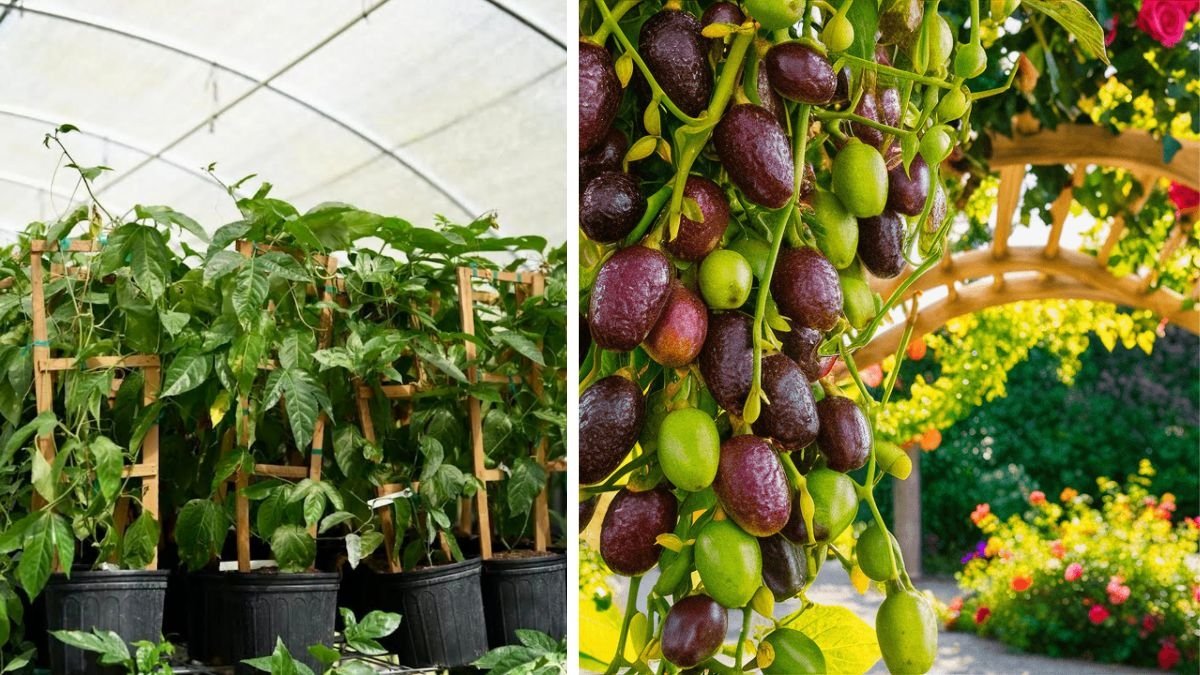





Leave A Comment